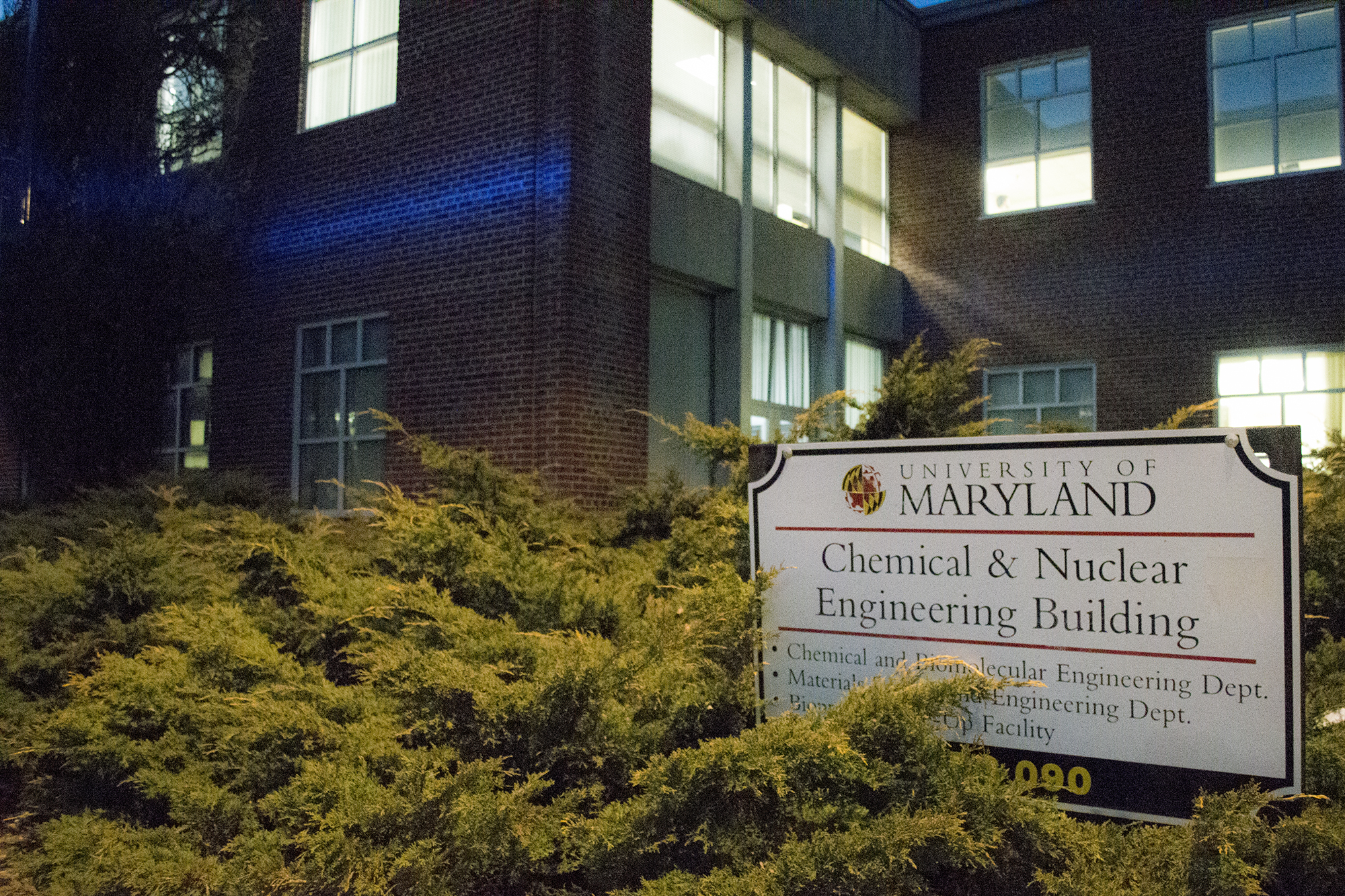The University of Maryland’s nuclear reactor received a renewed operating license from the U.S. Nuclear Regulatory Commission during winter break following safety testing.
The license will allow this university’s Training, Research, Isotope Production, General Atomics reactor to continue operating for 20 years, according to a news release. The U.S. Atomic Energy Commission — the predecessor agency of the Nuclear Regulatory Commission — originally licensed the reactor on Oct. 14, 1960.
Housed in what is referred to as “the reactor building,” a building connected to the chemical and nuclear engineering building’s northwest wing, the reactor is used primarily for instruction and training, the press release indicated.
“Some students, [and] myself, require hands-on learning to solidify concepts and there is no substitute for that first-hand real-life experience,” Nuclear Reactor and Radiation Facilities Director Timothy Koeth wrote in an email. The reactor is a small nuclear reactor used for research and education, and is classified as an RTR, or “research and training reactor,” he wrote.
Trainings begin with weekly lectures on the fundamentals of reactor physics, regulatory requirements and operating procedures. After several months, students graduate into hands-on training and participate in the practical operations alongside licensed operators, Koeth wrote in a follow-up email.
The senior staff track each individual’s progress and evaluate who is prepared to sit for the Nuclear Regulatory Commission examination, Koeth wrote. Several practice exams are held, and official exams are requested only for those who pass.
“At a date they choose, the NRC holds an on-site examination that includes a 3 hour written exam covering theory, rules and regulations,” Koeth wrote. “Then the NRC examiners take each individual operator candidate for a one-on-one, roughly 1-hour operational exam, followed by an approximately 3 to 4 hour MUTR “plant” walk through exam.”
After the week-long set of exams, the National Regulatory Commission evaluates each candidate’s exams and informs Koeth of the outcome about six weeks later, he wrote. So far, Koeth has had a 100 percent pass rate The only risks of having a reactor on the campus are “propagation of misconceptions of nuclear science and technology,” Koeth noted.
“It is no secret that the word “nuclear” unfortunately evokes concern to many people,” he wrote. “So much so that even the tremendous medical innovation of “Nuclear Magnetic Resonance” (NMR) imaging had to be renamed “Magnetic Resonance Imaging” (MRI) to allay patient’s fears.”
It is fairly uncommon for a university to house a research reactor — only 31 such reactors exist in the United States, Nuclear Regulatory Commission Project Manager Eben Allen said. Other Big Ten universities that house nuclear reactors include Ohio State University, Penn State University and the University of Wisconsin.
General Atomics has installed 66 Training, Research, Isotope Production, General Atomics reactors at universities, government and industrial laboratories and medical centers, according to the company’s website.



